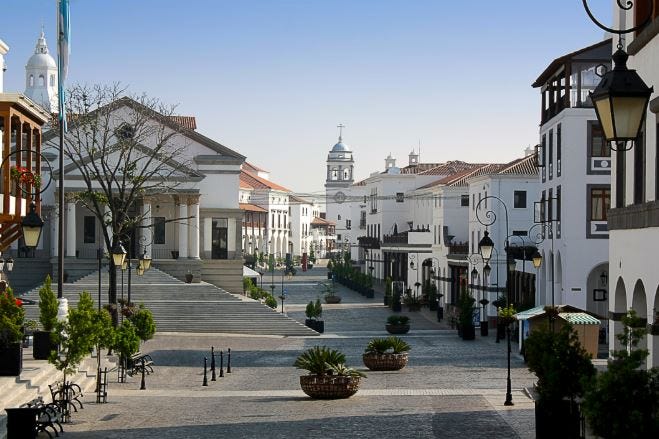Back in 2010, construction began on what would later become an extremely popular hotspot for residents of Guatemala City. On the outskirts of the chaotic Central American metropolis, a new city, Cayala, started to emerge, built exclusively in a traditional architectural style. Having been recently completed, Cayala consists of cafés, parks, restaurants, malls, a library, and a monumental church at its center, all of which are inspired by Spanish Classicism.
In Dorset County, England, another new city, also built in the style of traditional architecture, is set to be completed in 2025. Poundbury, as it is called, is not only designed to be aesthetically pleasing but also focuses its infrastructure on pedestrian-friendly roads and an efficient public transport system.
These two fine examples are part of a growing trend toward reviving classical architecture in many countries worldwide. After nearly a century of modern functionalism, some architects have started to take a different approach to city design, prioritizing aesthetics and character over bland and sterile concrete apartments.
Michael Diamant, Swedish urban sociologist and advocate for traditional architecture, emphasizes the importance of building in classical styles for several reasons. Diamant argues that traditional architecture reflects a region's history and identity, creating environments that resonate with people on a deeper level. He believes that such designs offer timeless beauty and emotional comfort, fostering a sense of belonging within communities. He highlights that traditional architecture often incorporates climate-responsive features, such as natural ventilation and locally sourced materials, which contribute to environmental sustainability. Moreover, he asserts that beautiful buildings are more likely to be preserved over time, reducing the environmental impact associated with demolition and new construction. In this sense he points out that many modern developments age poorly and may become undesirable over time, leading to social and economic challenges. [1] [2]
But just to push back sligthly on Michael Diamant here; opting for traditional architecture doesn't mean rejecting modernity! Architects could in theory integrate traditional styles with modern technologies and requirements. This approach balances the benefits of tradition—such as cultural resonance and sustainability—with the functionality and innovation of contemporary practices. Unfortunately what we see most of in newer buildings worldwide is not quite such a positive mixture.
While functionalism and modern architectural styles have their merits, traditional architecture offers a unique combination of beauty, cultural continuity, sustainability, and human-centered design. By prioritizing these qualities, new buildings can enrich communities, foster identity, and create spaces that people can cherish for generations.






Sure beats the more typical 'modern' glass clad steel cracker-boxes. Still, it makes one wonder, however, how such a typically considered poor country such as Guatemala got the funding for such an elaborate and elegant project to begin with, AND, perhaps even more importantly for whom such elegance was actually intended.